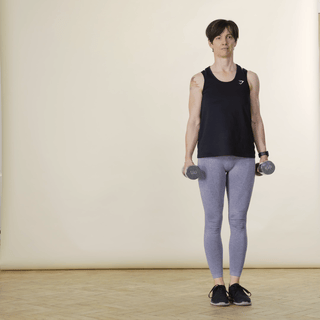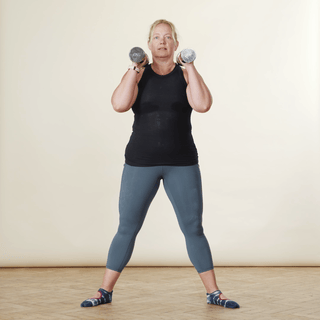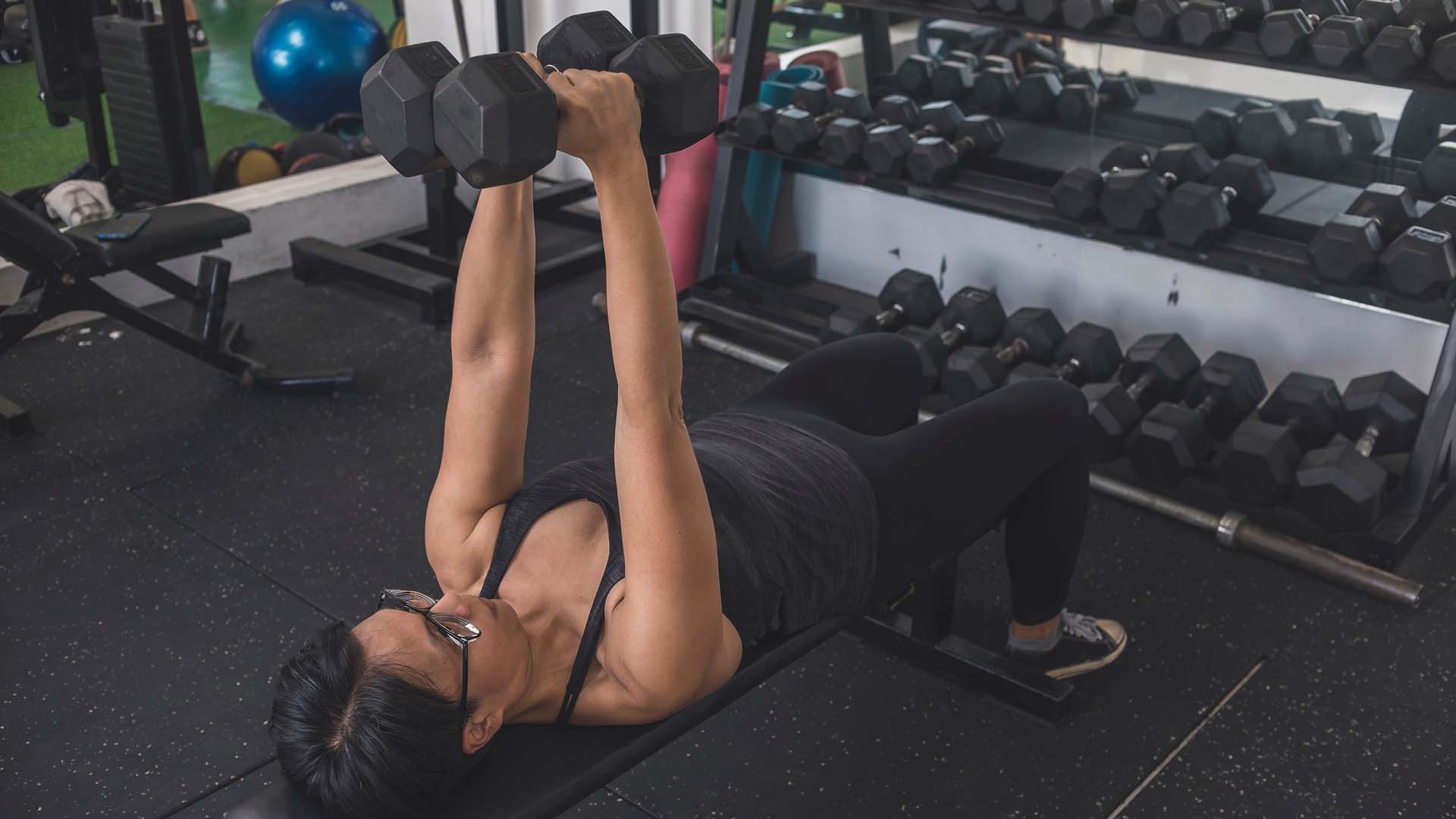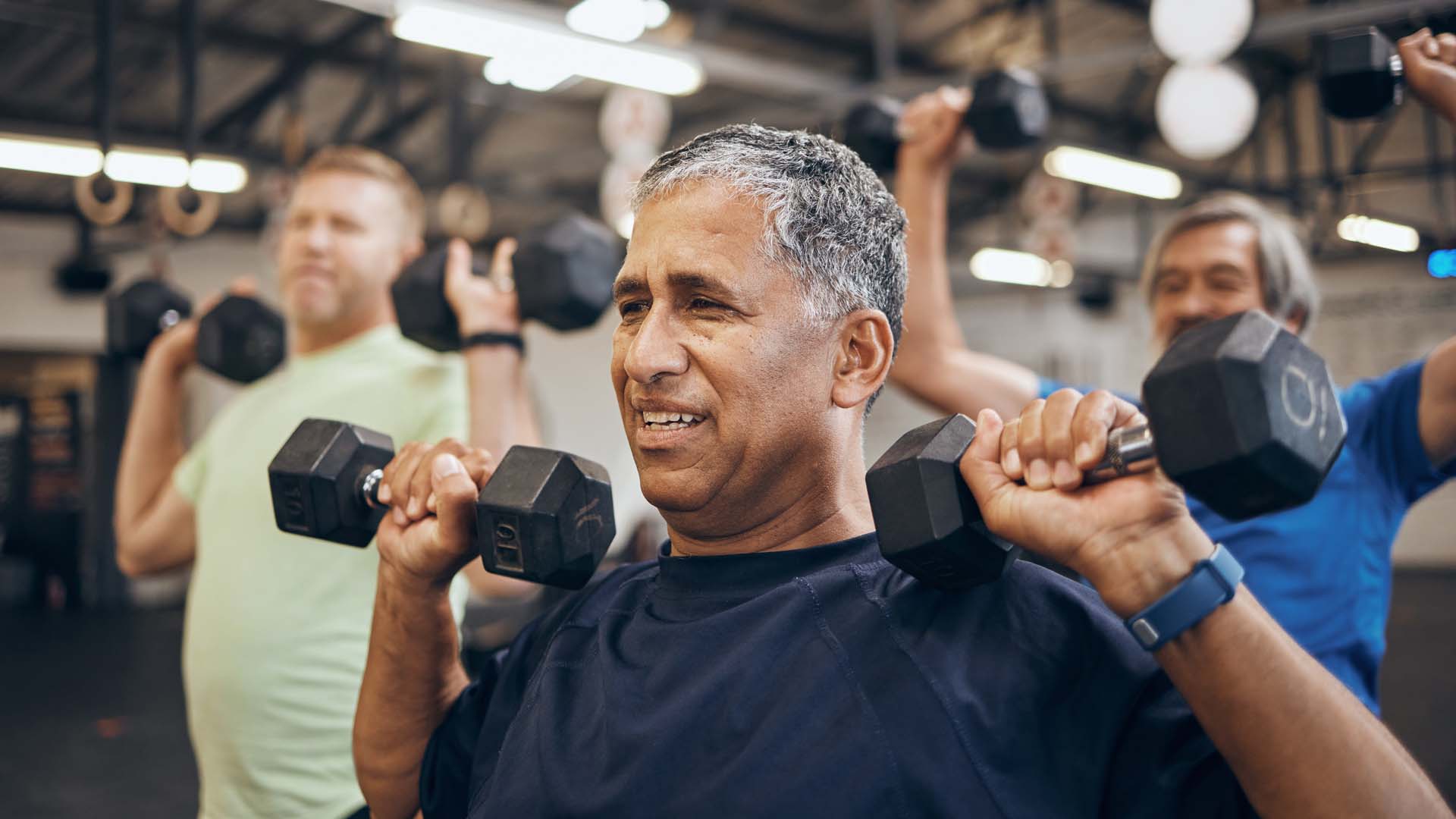How to get started with HIIT workouts
HIIT doesn’t need to be hard or high impact - we've got expert advice for beginners.

HIIT doesn’t need to be hard or high impact - we've got expert advice for beginners.

High-intensity interval training (HIIT for short) is often considered an advanced way to exercise, but it can be enjoyed by beginners.
You might associate HIIT with images of people sweating profusely and jumping around – and yes, some HIIT workouts can be along those lines. But HIIT exercise covers a broad spectrum and done correctly, it can be suitable for most people.
HIIT has its fair share of devotees, but also those who loathe it – like most forms of exercise. Some people say it’s dangerous but, in all honesty, it’s only dangerous if you don’t do it right or try to push beyond your capabilities.
If you’ve been relatively inactive for years, it’s not a good idea to suddenly start doing burpees and box jumps, but you can introduce intervals of intensity into your workouts, which is essentially what HIIT is.
Top tip: It’s a good idea to consult your GP before beginning a new exercise regime, especially if you have any pre-existing medical issues or injuries.
Put simply, HIIT is exercising intensely for short bursts, followed by a period of rest. How long the intervals and rest periods are, and how intense the exercise, can all be tailored to the individual.
As the acronym HIIT became more mainstream, its meaning changed somewhat. HIIT in its truest sense would be used only by high-level athletes to improve their performance in specific sports, such as sprinting. It would involve pushing their heart rate as much as possible for a very short period, such as 20 seconds, before resting.
Nowadays, you’re likely to see HIIT tailored to the masses, and adapted in the following ways:
HIIT classes – these are run at a gym and often involve exercises such as sprinting, jumping or push-ups for short intervals (such as 30 seconds), followed by rest periods.
CrossFit – CrossFit gyms are known as boxes, and they use HIIT principles for their training. Exercises are often quite intense – although they can be adapted to different levels – and you will sweat!
Spin classes – high-intensity indoor cycling classes that have sprint elements and longer, slower climbs.
Boot camps – these outdoor classes can be structured in many ways and often have elements of high-intensity work.
Running training – if you train with a regular running group or athletics club, you’re likely to integrate some form of HIIT into your sessions, such as hill sprints.
It’s a good idea to get familiar with heart-rate zones in exercise if you want to do HIIT, since you’ll need to pay close attention to how hard you’re working, and make sure you also recover properly.
Above all, HIIT can be a hugely rewarding form of cardio exercise (if you enjoy it, of course). It delivers a huge endorphin rush, and you’ll end up with a massive smile on your face.
I have had the pleasure of teaching HIIT for many years, and there’s nothing else like it!
Mainstream HIIT essentially means doing some form of exercise with an added element of briskness, and this can be tailored to a level you’re comfortable with, meaning it can be suitable for absolute beginners.
For example, you might take a 20-minute walk, and introduce five periods of walking briskly for 30 seconds. Intermediate exercisers might change this to a jog/sprint combination.
If you’re looking to advance beyond this, and perhaps try a HIIT class, or more intense interval training, you’ll need to take your health and fitness into account.
Because of the intense nature of some HIIIT workouts, they should be avoided by anyone with heart issues.

Some HIIT classes will have a lot of jumping. This can nearly always be modified by rising to your toes instead, and low-impact HIIT is just as effective. But those with joint issues (especially in the knees) might like to try another workout instead.
The bottom line is, most people can make HIIT work for them, but what you do and how you do it will vary for each individual.
The following offers ideas on how to build HIIT into an existing routine or create your own. For each, check how hard you’re working in one of two ways:
An RPE of one would be lying down in bed, for example, while 10 would mean a pace you could maintain only for a few seconds – all-out max effort.
For HIIT, intervals should be an RPE of eight or even nine – the point where you’re out of breath and conversation is in short bursts between breaths. The rest of the time should be around six or seven – moderately out of breath but still able to speak in sentences.

1. Line yourself up in a plank position.
2. Squeezing the glutes (bum muscles), lower your body towards the floor in one motion.
3. Elbows should flare out at about 45 degrees, hips and shoulders stay in one straight line.
4. Push yourself back up to the starting position.

Top tip: Make this a low-impact HIIT exercise by rising to the toes instead of jumping.

Top tip: Keep your balance by not stepping back too far. You can also make these into jump lunges (jumping up to switch legs) for an ultimate HIIT session.

Top tip: Keep the hands and shoulders in line to avoid hurting your neck or back.

Top tip: Keep the dumbbells relatively light so you can keep going for the whole 60 seconds.
Top tip: Follow our guide on how to do a tricep dip for detailed instructions and modifications.

Top tip: Make sure your feet stay flat on the floor, even if that means reducing the size of your lunge.

Top tip: You can rise back up on to the toes for an added balance challenge, if you like.
Becky Fuller is a fully qualified Personal Trainer, specialising in strength and conditioning for over 50s. Becky’s focus is helping people to become stronger both in body and mind, and to move well without pain.
Becky also has many years’ experience working as a freelance journalist.

Personal trainer Louise Arnold reveals the expert exercise tips to support longevity.

As the cost of weight-loss injections rise, what are the alternatives? Experts offer advice on the best and safest ways to shed pounds.








Your questions answered about what really is a good 5k time.
